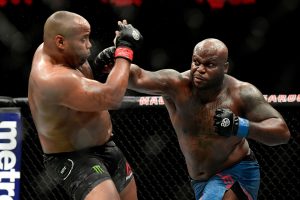
In October of 2017, Dustin Pedroia of the Boston Red Sox had surgery for a cartilage defect in his left knee. He was expected to return a few months into the 2018 season, but he only played a few games in the middle of the season. In recent reports Pedroia has stated that he wishes he had not chosen to have the procedure.
“No, I wouldn’t have done it,” Pedroia said. “I don’t regret doing it, but looking back and knowing what I know now, I wouldn’t have done it.”
“It’s a complicated surgery,” he added. “The cartilage in my knee is great now, but the graft is the thing. You’re putting somebody else’s bone in your body. To get that to incorporate fully, there are so many things that, going into it, I didn’t know all that stuff. I thought, ‘They were like, you tore this, we can fix it. Great.’”
This got Sports Injury Blog’s attention for several reasons. First, reports of injured athletes almost never discuss decision making. Surgery is nearly always portrayed as necessary, when in many cases it is optional.
Second, all cartilage restoration procedures are debatable. Surgeons still haven’t fully worked out the risks and benefits. They are probably best considered experimental at this stage. Many of the treatments that professional athletes try are unproved, but that is almost never discussed in media reports. Each of us benefits from knowing the limits of modern medicine and the status of current best evidence.
Finally, we almost never hear about the decision-making process: how athletes make choices about surgery and other treatment. And we nearly never hear about misgivings, limited understanding, and perhaps false hope. This is an inherent part of the human illness experience. The silence on these issues among injured athletes feels somewhat dehumanizing; as if they are immune to uncertainty, limited health literacy, bias, false hope, and regret.
Kudos to Dustin Pedroia for his openness about these often neglected aspects of the illness experience. Everyone stands to benefit from his reflections on his ongoing health journey.
UPDATE: Pedroia returned to action off of the injured list on April 9th. On Wednesday, Pedroia said he “felt a pop” in his surgically repaired knee while swinging, twisting during an at bat. The at bat was Pedroia’s first of the game in a 5-3 loss to the Yankees.
The second baseman was later placed on the 10-day injured list, but reports indicate he received positive news about his knee. Remarkably, he did not have an MRI. It is reported that the Red Sox expect Pedroia back on the field soon. Pedroia has only appeared in six games this season while recovering from the initial knee injury.


